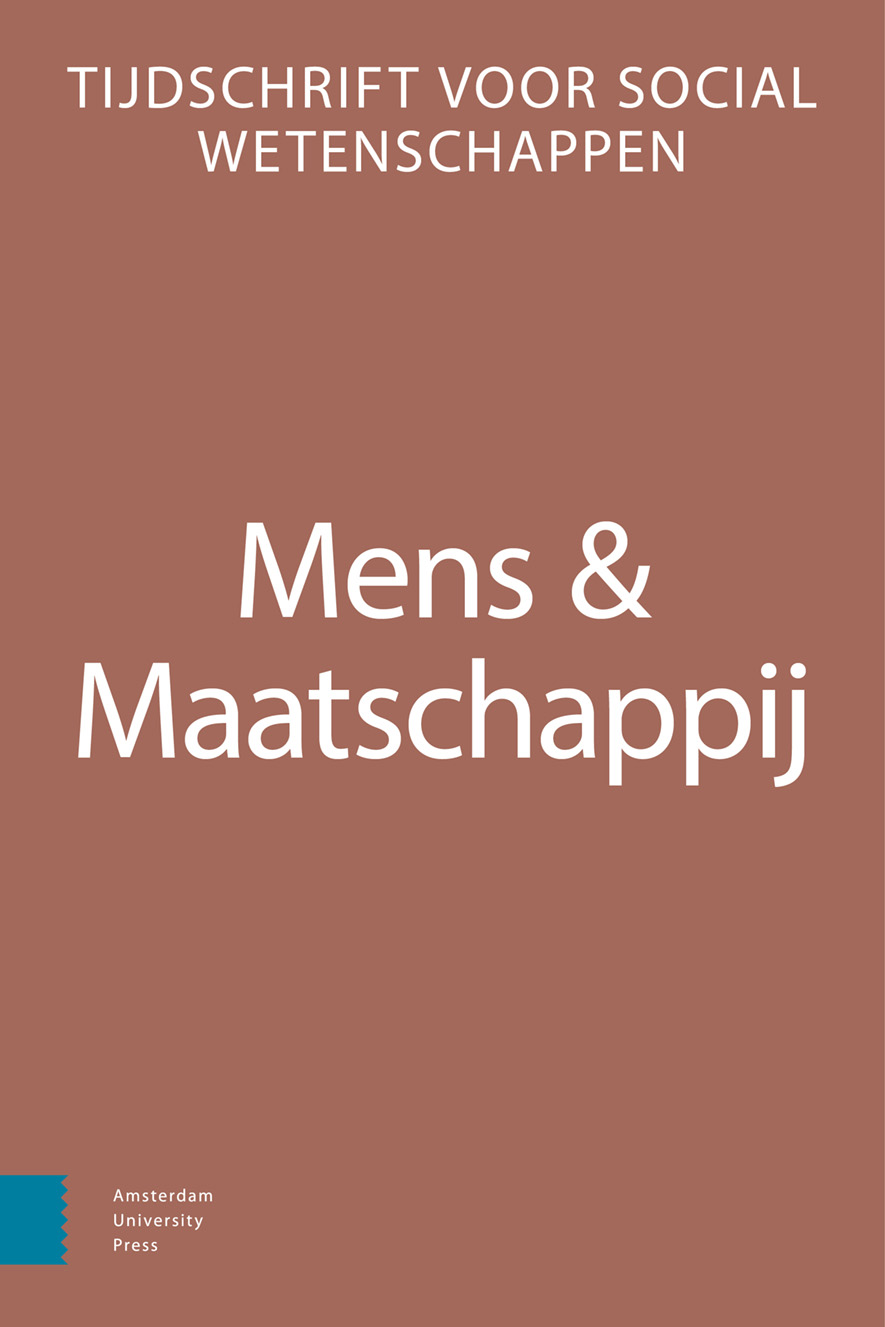-
oa Werkende armen in Nederland
Transities in en uit werkende armoede
- Amsterdam University Press
- Source: Mens & Maatschappij, Volume 92, Issue 2, Jun 2017, p. 175 - 201
-
- 01 Jun 2017
- Previous Article
- Table of Contents
- Next Article
Abstract
Working poor in the Netherlands: Transitions in and out of the working poor
The Netherlands has increasing numbers of working poor. Recent figures show that one in twenty working individuals in the Netherlands lives in a household below the poverty threshold. In Amsterdam, the in-work poverty risk is even higher than average; the reason for this research. The Amsterdam working poor are a heterogeneous category. Half of them have permanent contracts; a large minority works at least 30 hours a week. They work in sectors like transport, shops, catering, but also in public services. Many, but not all working poor are poorly educated. Are they the victims of activating labour market policies that push low-skilled workers on the labour market without escaping from poverty? This appears not to be the case. Less than half of the working poor in Amsterdam entered this situation after having a social benefit. The majority of these former social benefit claimants say they did not experience any pressure to accept low-paid work instead of a social benefit. The other working poor entered this situation from some other employment or directly from school. Respondents mention three factors as reasons of becoming working poor: physical or mental health problems, child care responsibilities, and deficient education. More often, it is a combination of unfavourable factors that results in in-work poverty.


